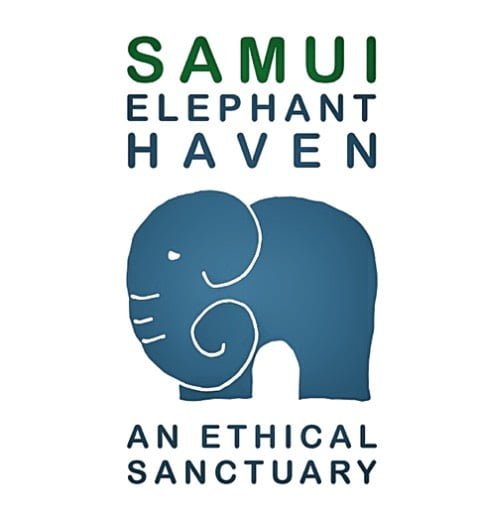Contact
- +66 95 628 6160
- contactsamuielephanthaven
@gmail.com - 137/31 Moo 1, Bophut, Koh Samui,
Suratthani 84320, Thailand
© Copyright 2024 by samuielephanthaven.org

Days at the Haven are bustling with activity, centered around our gentle giants’ well-being. From providing copious amounts of food to ensuring their safe, loving care, our team works tirelessly. We invite you to join us, to see firsthand the dedication behind our sanctuary. Your visit supports our mission, allowing us to rescue and care for more elephants. Discover how you can be a part of our story.
At Samui Elephant Haven, we’re pioneering a compassionate form of elephant tourism. Inspired by Sangduean ‘Lek’ Chailert’s ‘Saddle Off’ model, our sanctuary offers a space where elephants recover and thrive. Visitors have the unique opportunity to feed and observe our elephants, learn about their behaviours, and contribute to a future where elephants and humans live in harmony.
Your visit makes a difference. By choosing Samui Elephant Haven, you support ethical tourism and contribute to the welfare of our rescued elephants. Explore our gift shop for ethically sourced souvenirs, and become a part of our community striving for a better future for elephants. Together, we can continue to provide a safe haven for these beautiful creatures, ensuring their stories of resilience and recovery are heard far and wide.

Located north of the island, Samui Elephant Haven spans a breathtaking 60 rai (over 23 acres) of lush, rolling hills and vibrant jungle, dotted with natural lakes and carefully crafted manmade pools. This tranquil sanctuary offers a ‘haven’ for elephants, where they can thrive and live in harmony.
The Sanctuary is designed with perimeter fencing to provide a secure environment for the elephants, ensuring their safety. We have created enclosures for various needs – whether nurturing young calves, recuperating from illness, or simply resting after a day filled with joy and play. These measures ensure our elephants can live as naturally and comfortably as possible.

© Copyright 2024 by samuielephanthaven.org
